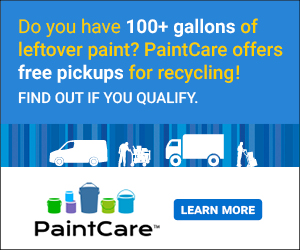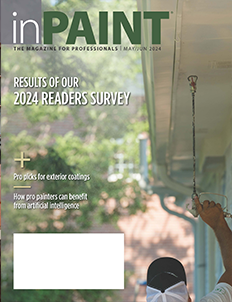The High Cost of Substance Abuse in the Workplace
 Dealing with substance abuse in the workplace is one of the toughest challenges any business owner can face. Fraught with personal and emotional issues and very real economic impact, substance use disorders (SUDs) are incredibly sad and difficult to handle.
Dealing with substance abuse in the workplace is one of the toughest challenges any business owner can face. Fraught with personal and emotional issues and very real economic impact, substance use disorders (SUDs) are incredibly sad and difficult to handle.
HARD FACTS, HARSHER REALITIES
Collectively, tobacco, alcohol, prescription opioids, and illicit drug use cost the U.S. more than $740 billion annually due to lost productivity, health care and crime. And then there’s the unfathomable price paid by those who lose their lives to addiction—one in 10 deaths among working adults in the U.S. is alcohol-related and there are nearly 100 deaths daily from opioids.
The figures are alarming and the reality for those in the trades is even starker. Between 2008 and 2012 the construction industry ranked second among all industries for SUDs, with 15% of workers affected, according to the Substance Abuse and Mental Health Services Administration. Think about that. What does 15% of your workforce look like?
POLICIES, TREATMENT AND RECOVERY IN THE WORKPLACE
While it may be impossible to prevent an employee from succumbing to addiction or to recognize that they have an SUD, there are steps employers can take to both protect their business and still lend support to employees.
Rachael Cooper, senior program manager for Substance Use Harm Prevention at the National Safety Council, notes that a clearly defined policy related to substance use benefits both owners and employees.
“Employees often think policies only benefit the company but a well-crafted policy can work for both,” says Cooper. “A policy needs to be free of any ambiguity in terms of what’s expected and what the outcomes will be, but recognizes that treatment—as well as recovery— for an SUD can take many forms, and it typically doesn’t conform to a universal time line. But it can also define the ways in which a company will support an individual facing an issue. Ideally, a policy is shared with each employee upon hiring so that if they get into trouble, they can ask for help without fear of being fired, and they know that the company will connect them with an employee assistance program (EAP) or other resource.”
She adds, “The key is making sure employees understand that if you, the employer, have to bring the issue to them, their options for continuing employment may be limited. Help is available, but the employee has to ask for it.” Cooper advises businesses without policies to put one in place. “When introducing a policy to existing employees, you want to cover the same points (it’s better if you come forward before I do), and provide a time line for implementation. If you say, ‘this goes into effect in 30 days,’ that gives people time to raise their hand for help.”
BACK FROM THE BRINK
While many business owners are quick to let employees go at the first offense, Ken Serviss, executive director of the Allied Trades Assistance Program, which provides EAPs to building trades members, thinks that’s a mistake. Serviss says, “The reality for contractors is that if you don’t offer assistance with rehabilitation, you won’t have a workforce.” Serviss also cites the financial sense of employee assistance, “Say that over several years you’ve invested $200,000 in salary and training in an employee prior to an SUD arising. Doesn’t it make sense to spend a little more on treatment than to simply toss them—and that investment—aside? If they’re successful, you’ll get your investment back many times over and you’ll get an employee who feels valued and appreciated.”
Transportation giant UPS is one company that has wholeheartedly embraced supporting employees dealing with SUDs—and with good reason. According Janice Hartgens, director of global occupational health and wellness for the shipping company, “Eighty percent of employees who enter the company’s EAP successfully return to work.” Hartgens adds that the company works hard to make sure employees appreciate that the program, which includes random follow-up drug testing, is not a ‘gotcha’ program’ but rather, one that ensures the safety and overall wellbeing of employees and customers at every level.
PROVIDING PATHS TO SUCCESS
While not every company offers an EAP, there are resources available to all. Cooper advises, “Employers should be aware of their local resources and direct employees to them. If you have managers, they should also be familiar with the resources, as well as with recognizing the signs of substance use.”
_______________________________________________________________________________________
To find resources in your area, contact your local health department. In addition, the National Safety Council offers a free Prescription Drug Employer Kit (safety.nsc.org/rxemployerkit), which includes tips and advice on everything from drug testing and polices to structuring benefits and calculating the cost of SUDs.




